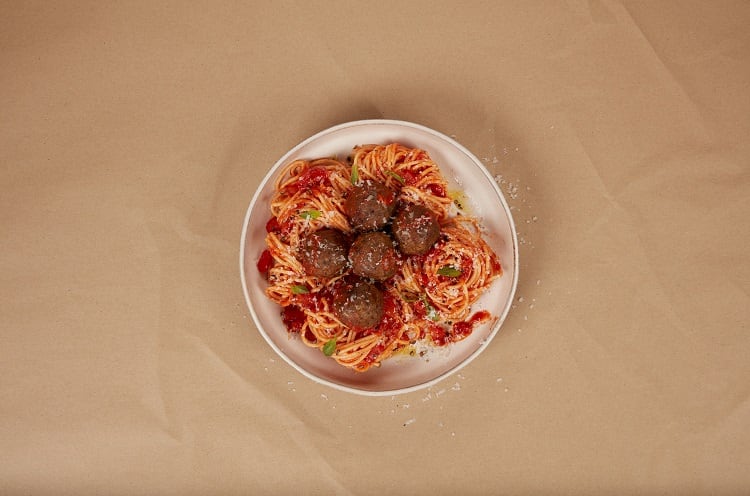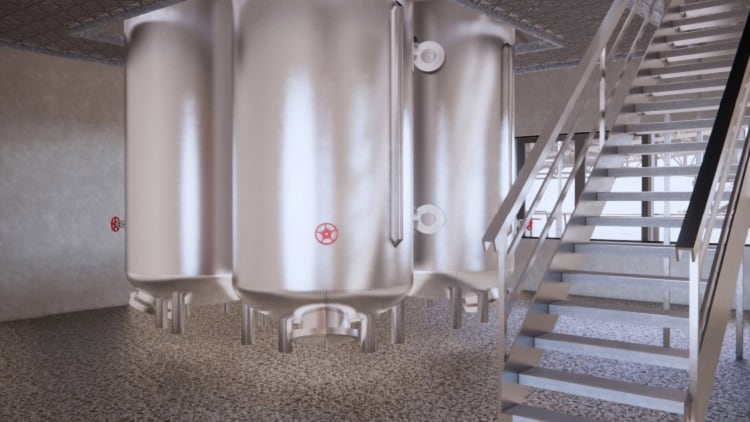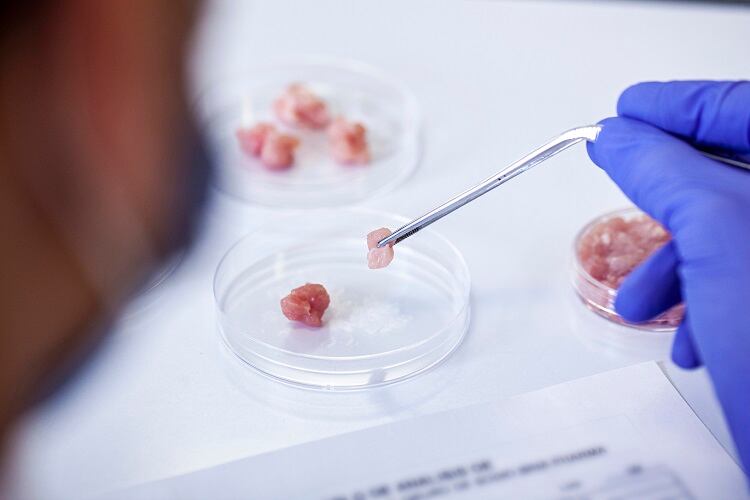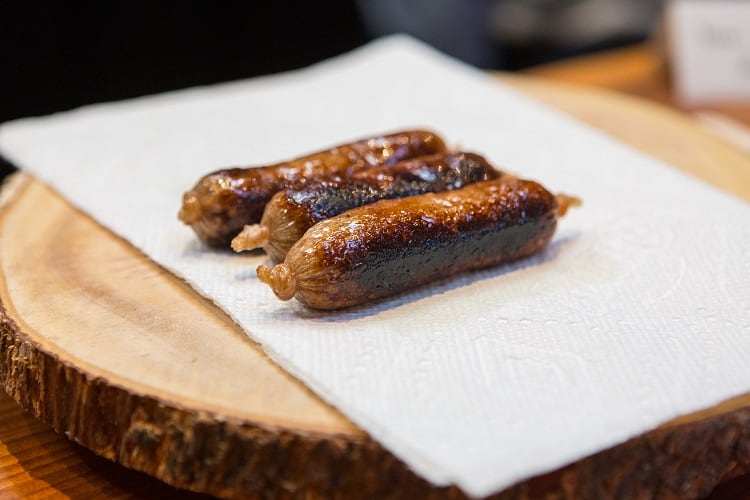Dr Harsh Amin, who became Ivy Farm’s CSO last month, brings a long career in biopharma and biotechnology, with a particular focus on stem cell biology, tissue engineering and cell culture media development, to the table.
He spoke to FoodNavigator about the costs of production, the complexities of this process, and the path to commercialisation.
The cell culture media
Growing cultivated meat requires the same inputs as when an animal grows outside of a lab. The cell culture media, a mixture which provides these inputs, is central to the process of producing cultivated meat. It provides the basis of the process, without which cultivated meat could not be grown.
It is “the most important element as far as the industrialisation is concerned,” Dr Amin told us. “The majority of the costs, and about 60% of the cost of goods, really come from the cell culture media.”
The media can be produced with no animal products. “Our media system is fully chemically defined. We don't use any animal products.”
Once in a liquid form, it is important to keep the cell culture media safe from the external environment. “Media has different forms. You've got the powder - typically the large-scale media comes in the base powder. You hydrate it, you mix it and it becomes liquid.
“At that stage you filter the media, when you do the filtration, it gets rid of any potential infections, microbial, microorganisms, and from that point onwards your media is sterile. So that's when we protect it from the external environment. If we don't then essentially that can contaminate the cells and you basically have no growth.”
As an important part of the process and a significant chunk of the costs involved with cultivated meat production, the cell culture media is also a key aspect that needs to be upscaled to make production more cost-effective.
It is “made up of anywhere between 60 and 120 components, different chemicals,” Dr. Amin told us. “Those chemicals are the cost for the media. What is good about the media is as you scale, the cost comes down, just like everything else. The larger scale, the reduced cost. “

The future of texture
Ivy Farm’s cultivated meat currently requires a combination with other elements to really get the texture of meat right. “The native product, what we call the pristine cultivated meat does not have texture,” Dr Amin told us, “it's essentially minced. Then, we add texture . . . through plant-based, pea-based and so on.”
This, Dr Amin told us, is only the first stage, or ‘generation 1.’ Further plans are in development. Generation 2 could be ‘a more textured finished product.’ This, he predicted, will be available from 2027 at the earliest.
Generation 2 “will then start to have a texture which is essentially embedded through the process,” Dr Amin told us. However, it will remain a B2B model, where it is provided to a client to create the finished product.
From safety to nutrition
Cultivated meat is “essentially a real meat, just grown differently", we were told.
There are some differences, however. One prominent difference, suggested Dr Amin, is not the level of processing but “the safety aspect. If anything the cultivated meat would be safer than what we get from the animal stock, because you know it's a controlled process in terms of how we grow our cells, or our meat for that matter, so from the while infection perspective or the bacterial perspective it's safer.” A recent study did indeed show that cultivated meat could be used to reduce the risk of antimicrobial resistance.
“Now from the health or nutritional benefit perspective it's equivalent to the real meat,” we were told. This is also useful when it comes to regulation.
“From the regulatory perspective it's something we show to the regulators as well, nutritionally how matched they are. I think you know from the Ivy perspective we design a product that is closest to the meat derived from animals.”
The path to commercialisation
Dr Amin is confident that commercialisation, which hinges on the ability to cost-effectively upscale, could be viable very soon.
“In a nutshell, by end of 2025, the media cost will be in the region where essentially our cultivated meat will be commercially viable. And it will be commercialised.”
The company’s strategy is “essentially reducing or having the least cost from the industrialisation and having the maximum output, and that strategy essentially encompasses a number of different elements: how we scale up, what we use for scale up, what media we use, what cell lines etcetera.”
The company is also in discussions with “with the regulatory bodies in a variety of different geography, so again, there is a positive response as far as this is concerned.”





